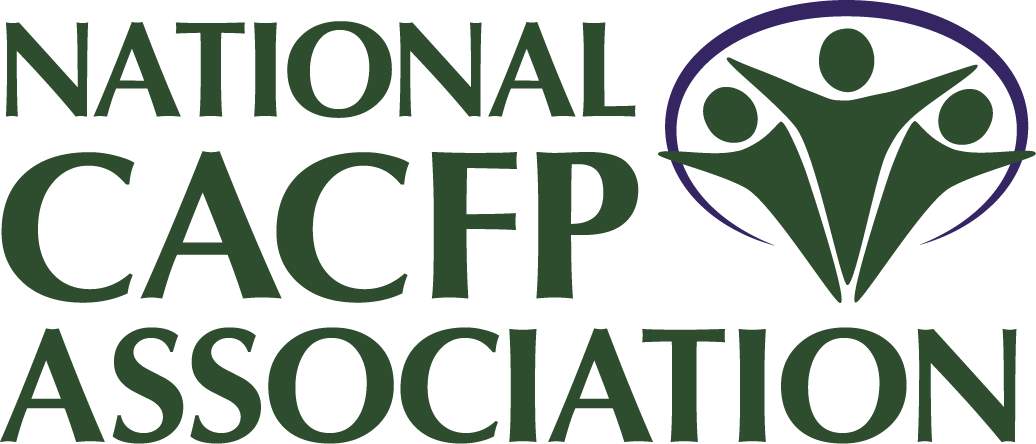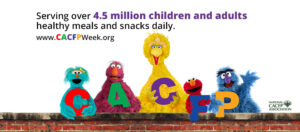Posts Tagged ‘child nutrition’
National Child Nutrition Conference 2025: Inspiring Leaders, Transformative Insights
The 2025 National Child Nutrition Conference (NCNC25) is set to be an inspiring and impactful event, bringing together professionals dedicated to child nutrition and community advocacy. This year’s General Session will feature an exceptional lineup of speakers, led by Texas Agriculture Commissioner Sid Miller, keynote speaker Mike Brown, Jr. and remarks from NCA leadership and USDA.
Read MoreNCA Response – Request for Information on Grain-Based Dessert and High-Protein Yogurt Crediting
In December 2024, USDA released a request for information about grain-based dessert and high-protein yogurt crediting. After meeting with members and extensive research NCA has submitted our response to USDA stating our position on potential changes.
Read MoreCACFP Outreach
If you are a child care operator currently participating in the CACFP, congratulations! Your commitment to serving nutritious meals and snacks is crucial in fostering healthy behaviors in young children. This Mealtime Memo from our partners at the Institute of Child Nutrition highlights the benefits of the CACFP for operators, children, and families.
Read MoreSponsor Spotlight: Denise Andrews of For the Children, Inc.
Denise Andrews is CEO and Director of For the Children, Inc. which is a sponsoring organization of family child care homes in Oklahoma. Learn about her journey in the CACFP!
Read MoreMovement for Healthy Bodies
Physical skills and healthy bodies can be built through everyday activities and movement. As a caring grown-up in a child’s life, you can facilitate movement and learning, and our partners at Sesame Street are here to help. Their worksheet provides fun ideas to get kids moving. Remember, there’s always an opportunity to move!
Read MoreNutrition Basics: Fiber
You may know that fiber is important, but do you understand why or how much you need? This Mealtime Memo from our partners at the Institute of Child Nutrition covers fiber sources, health benefits, and strategies to increase fiber intake.
Read MoreSoup’s On! A Warm Dive into Comfort Bowls
Join us for a cozy, flavorful journey into the world of soups! We’ll explore the secrets to crafting delicious and nutritious #CACFPCreditable soups that are perfect for any season. Learn tips and techniques to create soups that are both kid-friendly and packed with nutrients. Whether you’re new to soup-making or looking to expand your recipe repertoire, you will leave inspired and ready to serve up bowls full of goodness.
Read MoreNCNC25 Scholarship Recipients Announced
NCA would like to congratulate the 2025 recipients!
Read MoreFebruary Virtual Events
Check out these virtual events coming up this month at NCA!
Read MoreSupport a Proclamation for CACFP Week in Your State
National CACFP Week will be here before you know it! This year March 16-22 marks this national education campaign designed to raise awareness of the CACFP and its contribution to combating hunger. Ask Your Governor to Proclaim March 16-22, 2025 as National CACFP Week!
Read More









